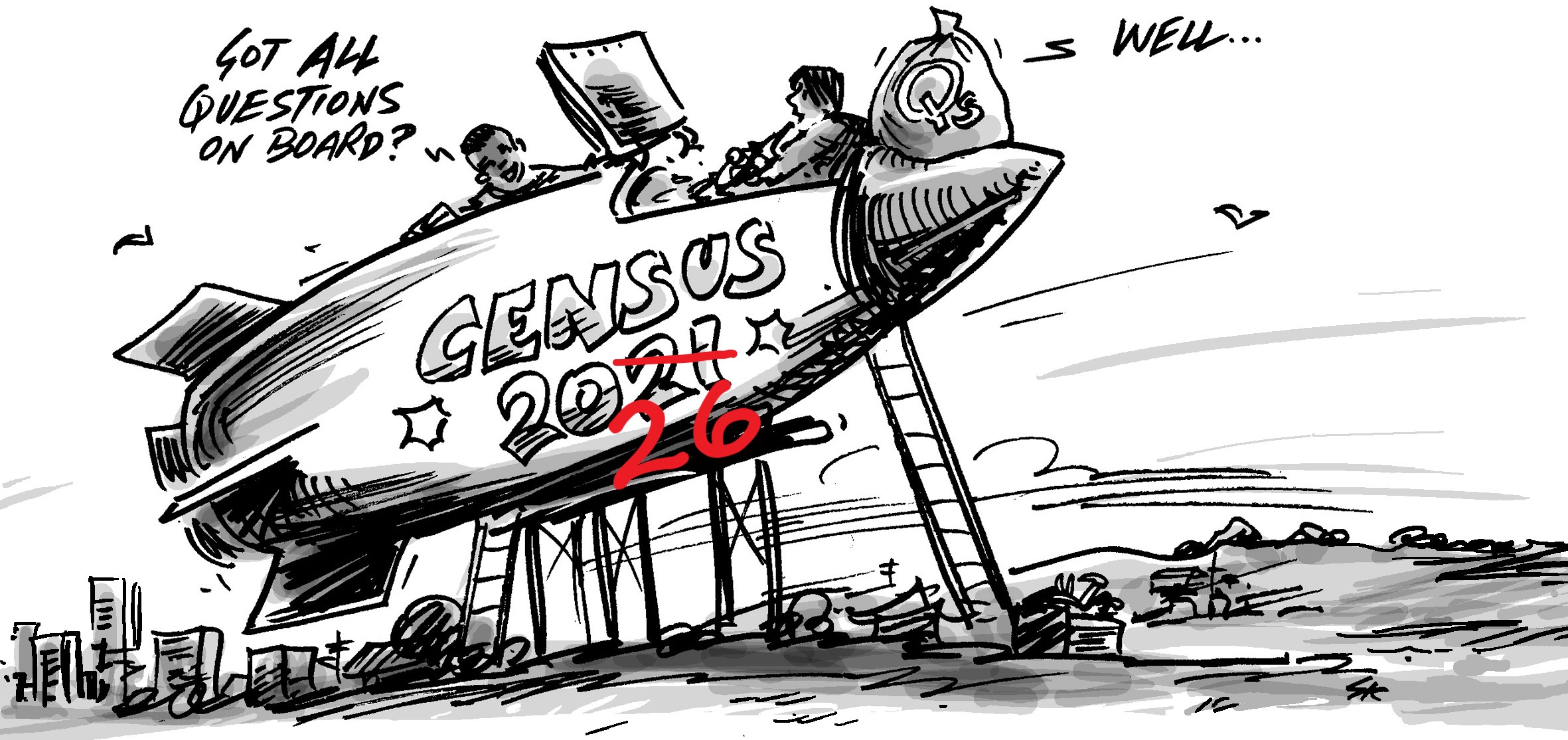The 2011 Census, like the 2006 and 2001 Census before, gives respondents the opportunity to have their details kept for 99 years with the National Archives of Australia to be released in the 22nd century. Read on to find out how you can be a part of this great project and provide a resource for future generations.

The ABS always takes confidentiality of Census information very seriously. From the 1971 to the 1996 Census, all name and address records on Census forms were destroyed, and no record was kept of them. The ABS only ever releases statistical information about groups of people, never the details of individuals. However historical Censuses, such as those from the 1800s, where name and address details were kept, are proving a fantastic resource for historical information, for genealogists and social researchers tracing family and individuals’ details through the past. Even quite recently, in the 1950s and 1960s, the Census forms themselves were retained in case they were needed to produce more statistical output. With the advent of computers and scanning this was no longer necessary, and increasing privacy concerns required that the raw information was destroyed to assure people of their confidentiality. This has meant that a lot of useful historical information has been lost.
Based on the recommendations of the Saving our Census and Preserving our History inquiry in 1998, every person in Australia has had the option of having their name identified information kept with their Census record since the 2001 Census. Making this optional meant that privacy concerns were alleviated.
The question, sometimes known as the “Census Time Capsule” – is asked separately of each person in the household on Census night. Every person is required to give their consent or their details will be destroyed permanently.

The time capsule is question 60 on the household form and question 54 on the personal form (which is normally filled in by people in non-private dwellings such as hotels and hospitals).
The answers to this question are not part of the regular Census processing, which still involves destroying names and addresses – but all those who consent will have their details separately scanned to microfilm and stored in the National Archives for 99 years, to be released in the year 2110.
Just think about the fantastic resource this represents for future generations, who will be able to find information about what their ancestors were doing, what language they spoke, what jobs they did, how they got to work, and what sort of dwellings they lived in.
The ABS provides an absolute guarantee that no personal information on individuals will be released before this date to anyone, under any circumstances. So really, when it’s the year 2110, are you really care about your personal privacy from so long ago?
With the obvious benefits to future historians, and the chance for everyone to leave this legacy, over half the population have agreed to be part of the Census Time Capsule in past Censuses. In 2001, 53% of people said “Yes”. In 2006 it went up to 56%. However, that means that 44% of the population’s individual details have been lost to historians (though of course their answers are still in all the Census data for its main statistical purpose).
Of course it is up to each person to decide for themselves how to answer this question. People who object to their name identified information being kept will have their wishes respected, and it will be destroyed.
So don’t forget that if you want your information kept you need to answer “Yes”. The question is optional, but if you leave the question blank it is treated as a “No” response, and your details will be destroyed.
I will certainly be marking “Yes” and having my details kept! See you in 2110!
More information on the time capsule project can be found in “How Australia Takes A Census“, an ABS publication with a wealth of information about how the Census is run. The ABS has also released a lot of information about the time capsule in the Census Help section of their website. To find out about how the information is stored, go to the National Archives Census website.
.id is a team of population experts who combine online tools and consulting services to help local governments and organisations decide where and when to locate their facilities and services, to meet the needs of changing populations. Access our free demographic resources and tools here.











